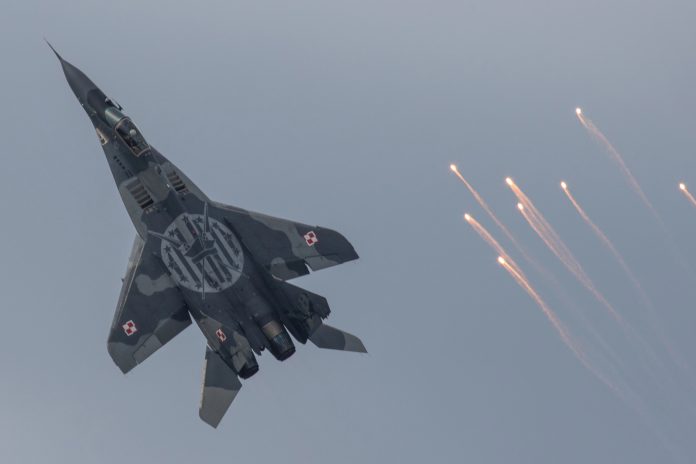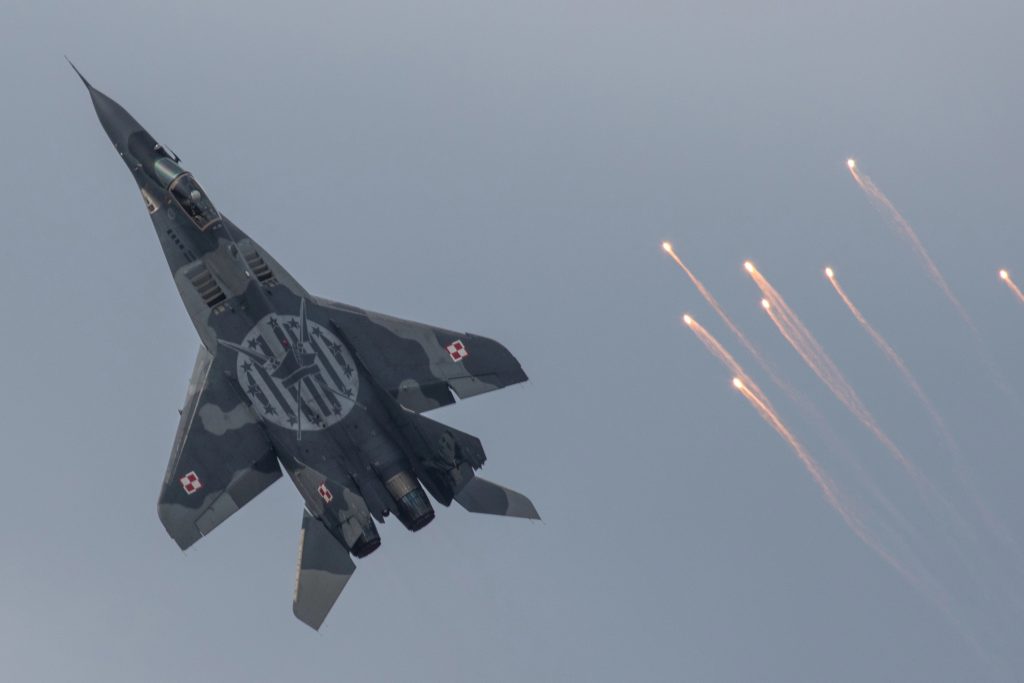
“I can kill many people at any place, and you won’t be able to find me.” Such foreboding sentiments by Serhii Skoryk, commercial director of Ukraine’s Kvertus, are a reflection of the dramatic change that is happening in modern-day war. The conflict between Russia and Ukraine has become a proving ground for the union of cutting-edge weaponry, drone swarms, and electronic warfare reshaping the very essence of ground and air combat. With each side racing to innovate and outmaneuver the other, the Ukraine-Russian airspaces are today a laboratory for innovation, where Western precision is married with old Soviet platforms and where each new move is countered. Below is a detailed exploration of the most influential innovations and developments defining the air campaign of 2025, with special focus on Ukraine’s evolving arsenal and the tech game of cat and mouse above the front lines.
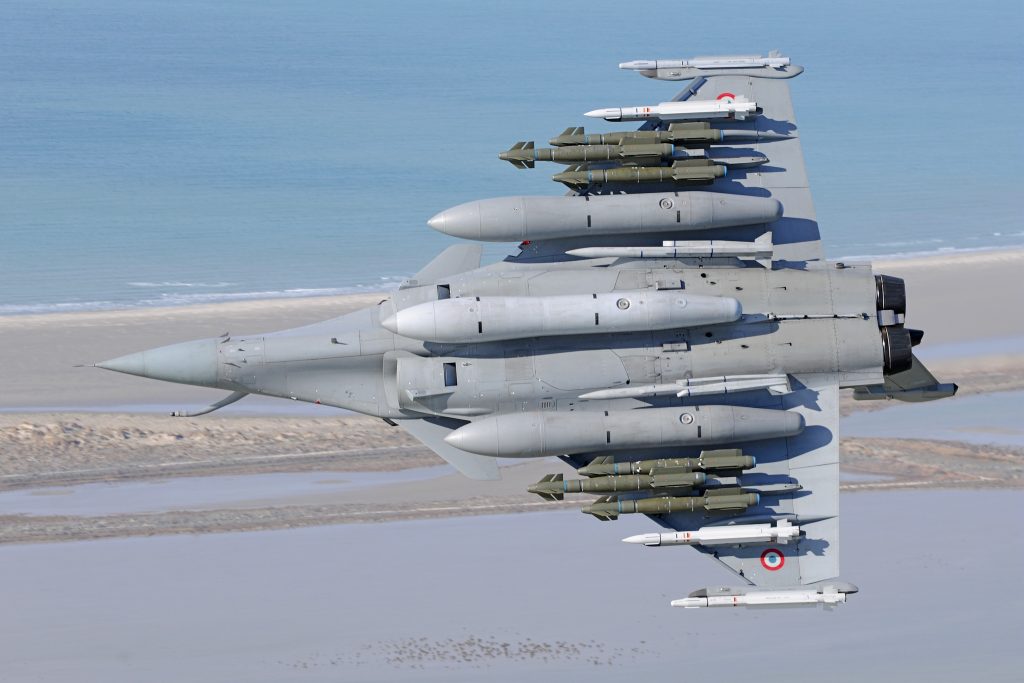
1. Introduction of French AASM Hammer Bombs in Ukrainian Operations
French-provided AASM Hammer bombs are now an integral part of the precision strike capabilities in Ukraine. Originally developed for France’s Rafale fighter jets, the AASM is a modular set of equipment that turns ordinary unguided bombs into precision-guided bombs. France produced 830 in 2024 and will deliver another 1,200 in 2025, an almost 40% increase in production. The system’s inertial navigation and GPS guidance allow it to operate effectively even in adverse electronic environments, an improvement over US-manufactured JDAM kits, which have been defeated by Russian jamming. Safran also adapted the AASM to Ukraine’s MiG-29 and Su-25 fighter jets in less than four months, allowing for quick deployment. This swift integration has allowed Ukrainian pilots to deliver precise hits on command posts, ammunition depots, and drone bases deep behind Russian lines.

2. Blending Western Precision with Soviet Airframes
Ukraine’s ability to fit Western weapons onto ageing Soviet aircraft is a testament to necessity as well as ingenuity. The Su-25 close air support aircraft now commonly carries French AASM Hammer bombs instead of run-out inventories of Soviet FAB bombs. The effort, confirmed by Ukrainian Air Force officials, involved the retrofitting of pylons and avionics to accommodate the new bombs. According to Serhii Holubtsov, commander of the Ukrainian Air Force Aviation, “Our Su-25 aircraft are modernized, and today they already have the capability to launch bombs with a solid motor rocket. They are HAMMER, we use them, and very efficiently.” This upgrade not just extends the service life of Ukraine’s air force but provides precision-guided strike capability that is equivalent to Russia’s own capabilities.
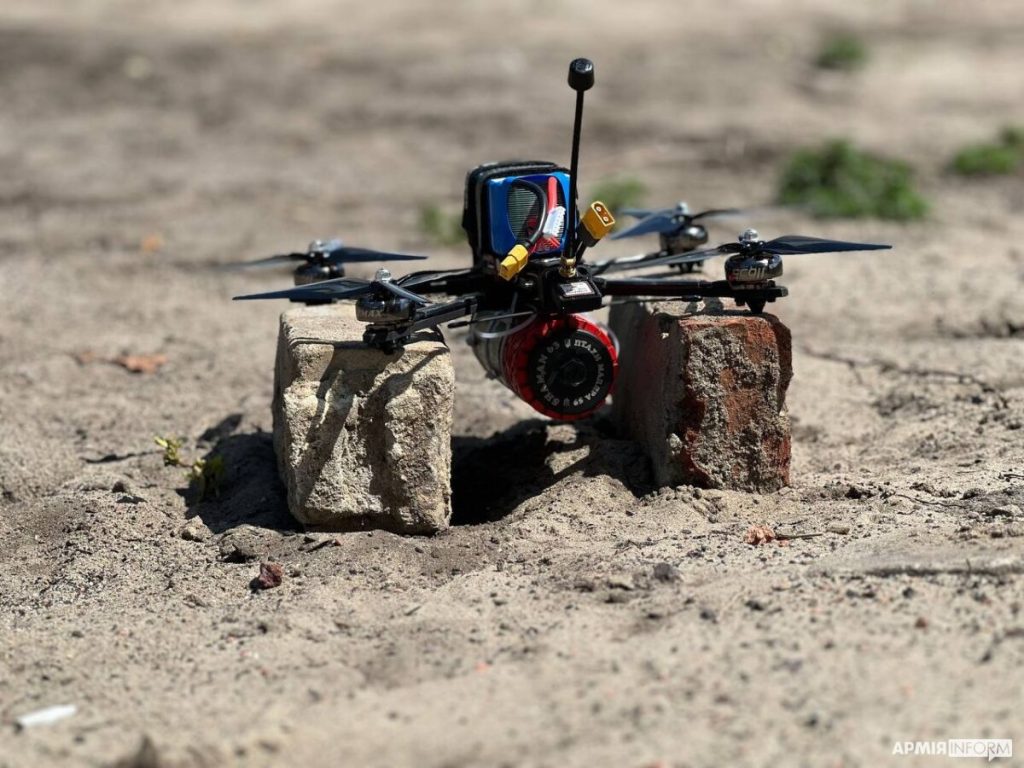
3. Counteracting Russia’s Drone Swarms with Electronic Warfare
First-person-view (FPV) drones have forced Ukraine to reconsider its defense strategies. There were over 900 drone incidents within a single week in the city of Kherson alone, despite electronic warfare systems downing 70-80% of the incoming drones. Ukrainian firms like Kvertus lead a new initiative: a 1,500-kilometer “wall” of jamming and detection that seeks to create an unbroken electronic barrier to deflect drone incursions. Kvertus’s Atlas system, supported by the Brave1 defense cluster, will deploy 8,500 jamming modules along the front line and will deliver real-time threat detection and automatic jamming. Skoryk explains, “The idea is to maintain control of the jamming and detection network from a secure position. Even the smallest drones move 80 miles an hour, so every minute counts.” This networked approach could be a template for future conflicts, in which electronic warfare is as crucial as kinetic fire.
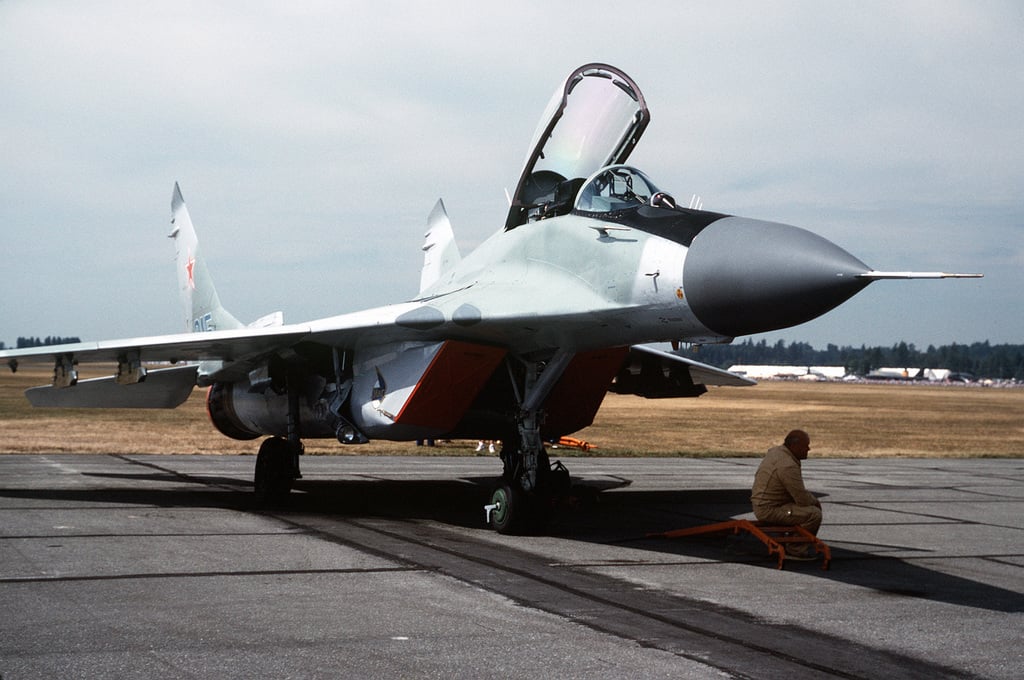
4. Deep Strikes and the Era of Precise Mass
Ukraine’s ability to attack far deep into Russian territory is a strategic turning point facilitated by both attack drones and precision bombs. Missions like the June 2025 MiG-29 attack on a command center at Zaporizhia, and the audacious “Operation Spider’s Web,” where 117 attack drones bombed Russian airbases, indicate the new “precise mass” paradigm. As Michael C. Horowitz of the Council on Foreign Relations reminds us, “The coincidence of AI and autonomous weapons, precision guidance, and commercial manufacturing means that precision strikes are now affordable for virtually any state or insurgent group.” Such missions verify that critical infrastructure, once believed secure deep within the lines, is now open to low-cost strikes from well-coordinated attacks.

5. The Tactical Evolution of Drone Warfare
Russia and Ukraine have rapidly built their drone militaries, starting from consumer quadcopters and evolving to high-end FPV and loitering munitions. The use of machine vision and limited AI capabilities has enabled drones to operate in GPS-denied environments, attack targets, and withstand jamming. Up to June 2025, neither the Russian nor Ukrainian side have flown fully autonomous AI/ML-powered drones in volume. Instead, machine learning enables narrow tasks like image recognition and terminal guidance, with human involvement still required for target identification and mission control. The technology race is ongoing, with both sides investing heavily in research and development to acquire enhanced autonomy and swarming capability.
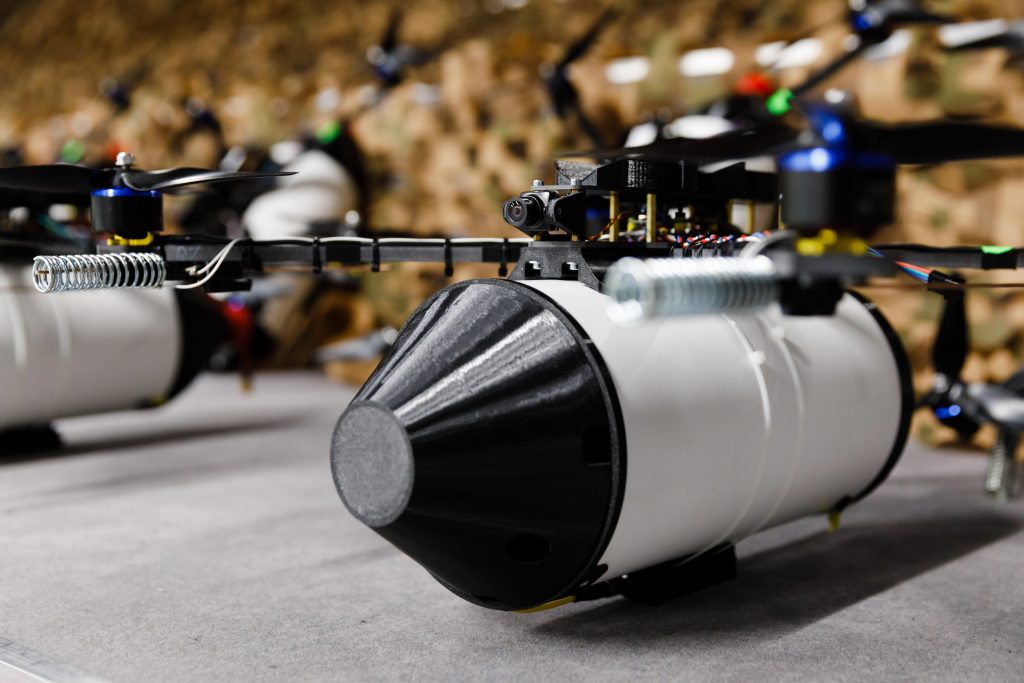
6. Fiber-Optic Drones and the Signal Superiority War
The emergence of fiber-optic-controlled drones is a significant shift to the electronic warfare battlefield. Russia, for its part, has used these radio-guided systems on a mass scale, rendering them jam-proof and deployable for precision strikes even if airspace is hostile. The Ukrainian military is in a race to catch up, understanding that they require drones irrespective of radio signals. While not new, the potency and scalability of fiber-optic drones have provided Ukrainian defenses with new challenges, especially in regions like Kursk where they have crippled logistics and supply lines. 7. AI and Machine Learning: Promise and Limitations
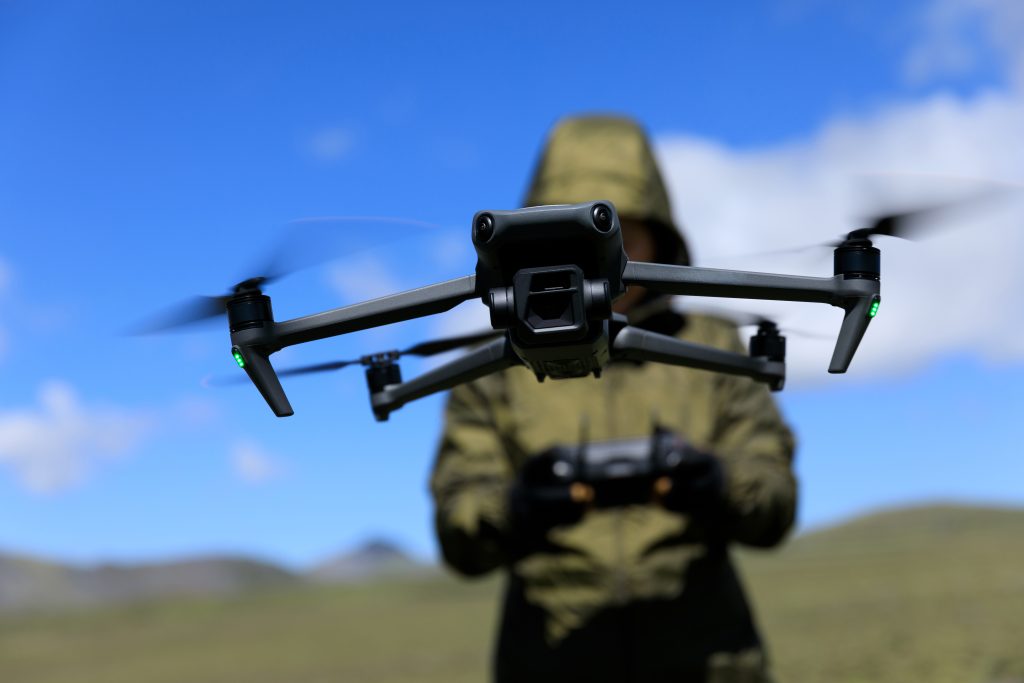
7. The long-promised revolution in AI on the battlefield remains just beyond the horizon.
Whereas both Ukraine and Russia have demonstrated both to possess drones with machine vision and some level of autonomous capability, entirely AI-capable swarms and autonomous targeting remain experimental. According to a recent report, “Promises of an imminent AI/ML drone revolution are premature as of June 2025, because both Russian and Ukrainian forces will need to invest more time, testing, and money to put such drones on the front lines in significant numbers.” Mass production and algorithm refining are ongoing hurdles, with few resources and fragmented development thwarting efforts, particularly on the part of the Ukrainians. 8. Situational Awareness Command Systems
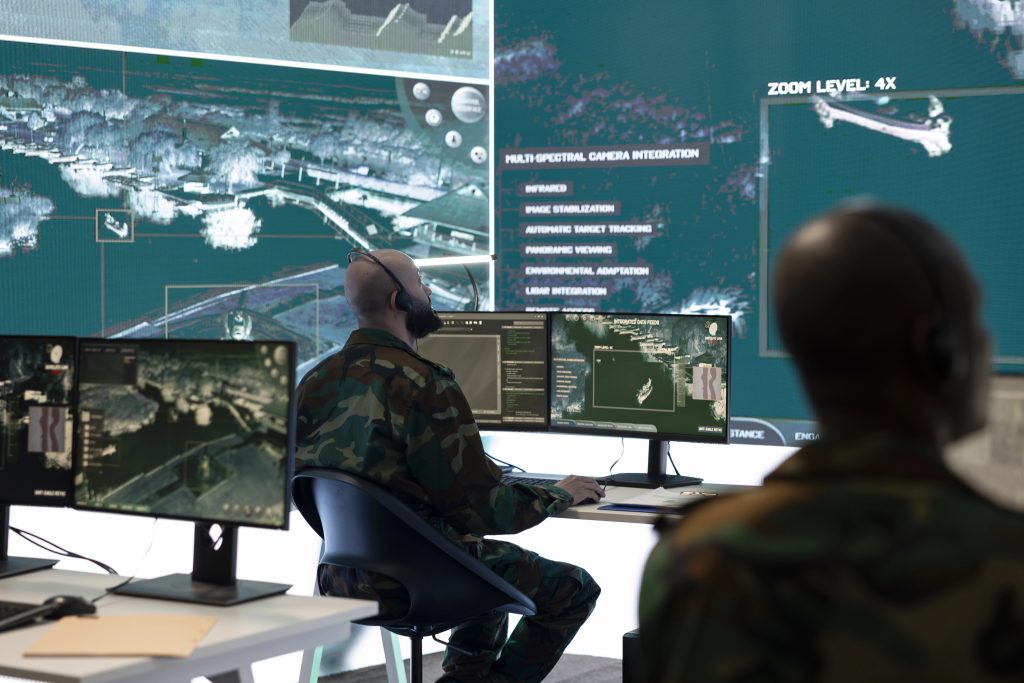
8. Cloud-based situational awareness system connectivity has also served as a force multiplier for Ukrainian operations.
Real-time data fusion by platforms like Delta and Kropyva from unmanned aerial vehicles, space-based satellites, and ground sensors that aid in coordinated assault and minimized friendly fire. The Delta system, for example, “gathers information, processes it, provides broad situational awareness and supports decision-making,” and has been augmented with AI-aided target acquisition modules. Russia is building a “Digital Sky” network as well to integrate air, space, and drone operations, but is finding it difficult to centralize innovation without stifling the agility of its volunteer developer community. 9. The Race for Innovation and the Road Ahead
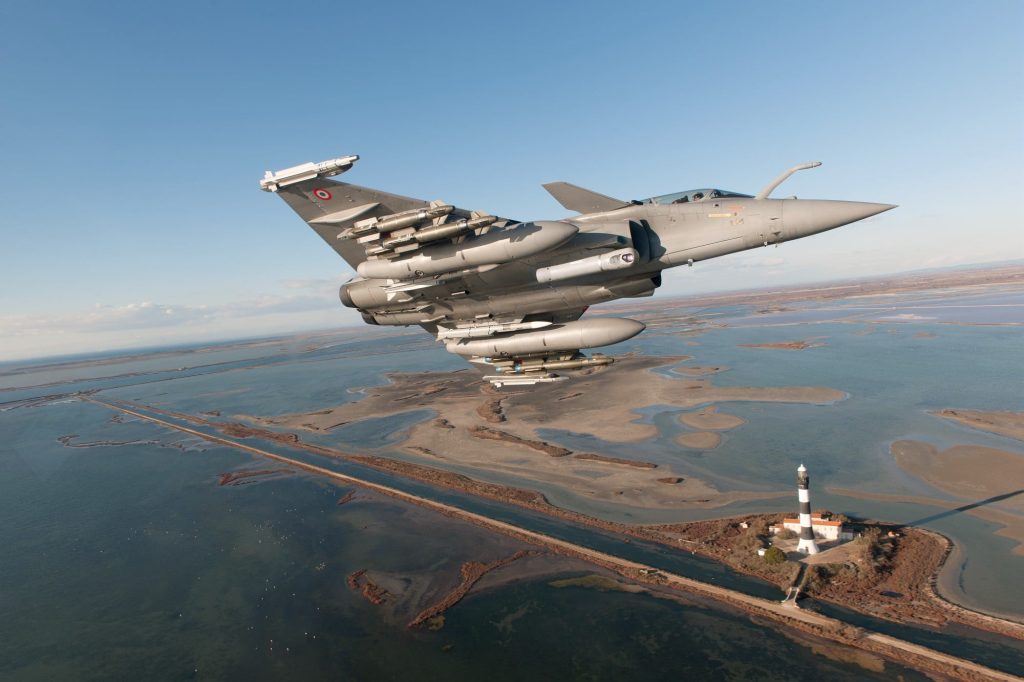
9. The pace of technological catch-up in Ukraine and Russia is unprecedented.
AASM Hammer bomb production has grown fourfold since the start of the big war, and both armies are unleashing millions of drones annually. Yet, as CSIS’s Kateryna Bondar points out, “Ukraine has quickly learned the potential of civilian technology and commercial innovation,” streamlining procurements and boasting a thriving start-up economy. The challenge is now to maintain this rate in the face of resource constraints and the ever-changing threat landscape. With each new countermeasure, there arises a new vulnerability, and thus the air war in Ukraine is a fluid and volatile fight that persists to this day. Today’s air war over Ukraine is a testing ground for 21st-century conflict, where the intersection of ancient platforms, Western precision, and rapid technology innovation is rewriting the rules of combat. As both the Russian invaders and Ukrainian government speed the evolution of what can be done with drones, rounds, and electronic warfare, lessons learned here will resonate far beyond the region migrating into the military technology and strategy of the future everywhere.
